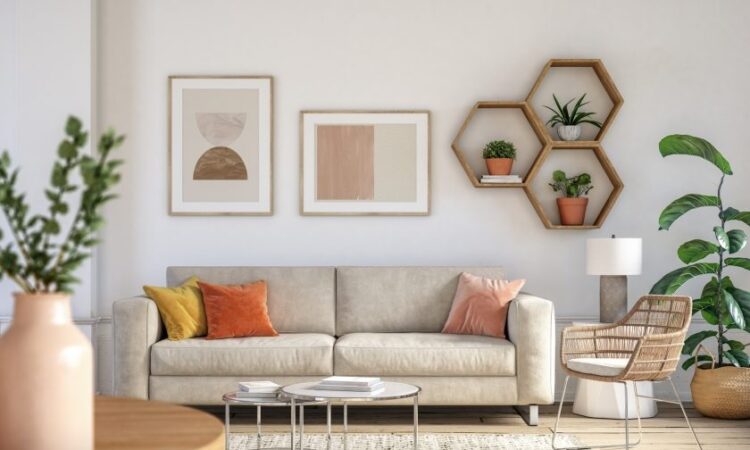
Millennials now make up the largest part of the property-buying market and are having a significant influence on trends and designs. Having a number of socio-economic factors affecting the generation’s property ownership, as well as a shift toward remote working in the wake of a pandemic, millennials are also breaking many property norms, bringing a new meaning to what many consider to make a suitable home.
Extreme Locations
A generation having statistically fewer children and embracing a culture of remote working is changing the way property locations are valued. Home sizes are, for example, no longer as important for many since, without children, small homes, more rural homes, and those far from schools become potentially eligible locations. Teleworking also prompts many of the same considerations too, with residents no longer needing to be contained within city centres for commuting purposes, leading them to seek homes further afield and closer to nature.
Those homeowners not looking for a spacious home can also make financial savings by purchasing a smaller property too, which, at a time of increasing financial challenges, can be a positive decision.
Flexible Spaces
Along with the growing need for professional working space at home, residents are seeking to create more utility within their interior designs. Modular furniture, for example, along with space-expanding outbuildings like log cabins, are becoming increasingly more common within homes where residents bring activities and interests into the home.
Exercise routines are a brilliant example of this, with residents wanting to create gym spaces in their own homes. Since equipment can be space inefficient or fail to work with a planned decor, it is likely to be kept within a dynamic space or one that is separate from a central living area.
Digital Integration
The advent of smart home technology appeared very quickly and has already come to dominate the market. Homes are seldom without video doorbells or virtual assistants, with more smart home trends growing in popularity too.
This fondness for technology is not a fad and, in many cases, residents are motivated to embrace smart home gadgets for the pursuit of safety and sustainability. Smart boilers, for example, can react to temperatures more acutely and be controlled remotely, making them more efficient and cost-effective for those wanting to reduce their energy bills.
Sustainability Focused
The environment is, perhaps, the most important factor for millennial homeowners, an interest that has led to significant uptake in solar panel technology. Other home sustainability assets are also seeing record popularity too, such as water butts and composting systems.
Alongside these features, sustainability has also come to define interior design. Homeowners are increasingly interested in sourcing ethical furniture and decor, choosing to upcycle and recycle for their designs, or choose those made from locally sourced and sustainability-created materials.
Sustainability plays a significant role in other areas too, such as with saving money during a period of rising cost of living. More energy-efficient homes are cheaper to own in the long run, meeting both the growing interest in environmental impact and cost-saving.
